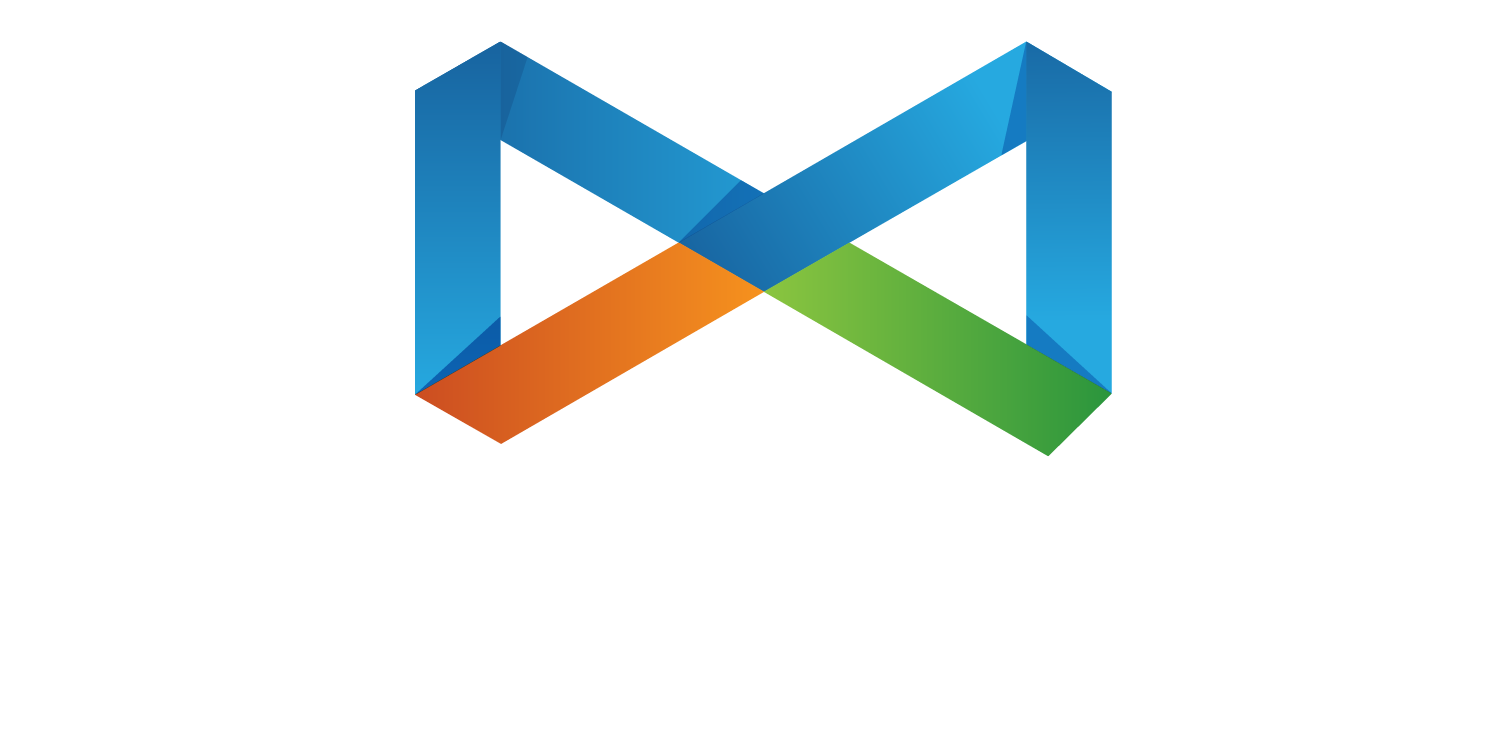The major difference between traditional business models and SaaS companies is that the latter ones do not rely on one-time purchases. To succeed in a hypercompetitive SaaS landscape, your company should focus on improving customer experiences, encouraging brand loyalty, and retaining customers.
Here are a few tried and tested tactics to help you boost SaaS customer satisfaction.
1 . Monitor Customer Experiences from Multiple Perspective
To extract value from customer data, you should thoroughly analyze it from the viewpoint of your marketing, sales, and customer service departments.
Marketing
A SaaS marketing team focuses on customer acquisition. Therefore, they can tell you what digital channels your prospective customers use the most, what content generates qualified leads, and what marketing tactics inspire brand loyalty. This customer data will help you adapt your marketing campaigns to boost brand awareness and increase sales. If you are looking to create animated videos for your digital channels, there are intuitive drag and drop video makers out there such as OFFEO.
Sales
Your sales team focuses on what motivates users to purchase your products. They understand what challenges SaaS customers face and how they expect your product to solve their problem. Your sales data can also help you understand the why behind your missed opportunities so you can adapt your sales tactics and product features to your audience’s needs.
Customer support
Once you collect marketing and sales data, you need to align them with real-life customer experiences. And, that is where your customer service shines. Namely, your customer support team communicates with customers daily, learning about their product frustrations and problems.
One of the major benefits of customer support data is its honesty. Needing actionable tips to solve problems, customers will provide detailed feedback. By understanding their problems, you will improve your customer service and improve your products’ features.
2. Adopt Agile DevOps Approaches
Customer-oriented applications need to be designed, built, and deployed strategically. That is why you should focus on breaking down the silos between your development, operations, marketing, and sales teams.
Only by creating cross-functional teams will you be able to launch products faster, increase project control, mitigate risks, achieve better product quality, and provide better customer experiences. That is exactly why you should adopt the agile DevOps mindset.
The goal of DevOps is to develop, release, test, and update products faster within a CD (continuous development) and CI (continuous integration) cycle. The most typical stages of a DevOps approach are:
Planning
Building
Continuous integration
Development
Automation
Seeking continuous customer feedback
The DevOps process brings different teams together, improving their productivity. By working closely with the operations team, developers will understand customers’ needs and work towards their goals. This will help you reduce long delivery cycles, without compromising user experiences.
3. Improve Multi-Channel Customer Support
To inspire SaaS customers to choose you over your competitors, you need to provide exceptional customer support. You should provide real-time, multi-channel customer support to address your customers’ inquiries on all channels they use.
Improve your call center
When facing complex problems, many customers will call your support center. To improve the effectiveness of their call centers, many companies decide to replace a traditional landline phone system with VoIP.
Standing for Voice over Internet Protocol, VoIP services offer multiple business benefits:
Improved call quality: The quality of calls is superb, as long as you have a solid internet connection. VoIP providers also offer noise-canceling microphones and call compression, allowing you to minimize interruption and boost call quality.
Mobility: As VoIP is delivered via the internet, it offers consistent customer support, irrespective of your location.
Advanced call analytics: Most VoIP providers let you record phone calls and track real-time call data on personalized dashboards. Using them, you can track customers’ interactions with your brand, measure their brand sentiment, identify business trends, and make data-backed decisions.
Combine live chat and chatbots to provide immediate feedback
When needing quick solutions to their problems, customers do not want to wait hours for your email response. That is where investing in live chat support on your website and social channels can help.
Many SaaS businesses also decide to automate their live chat support by investing in a chatbot. AI chatbots can answer generic and repetitive questions fast, keeping the conversation natural. Above all, they can provide real-time customer support, irrespective of your customers’ time zone, letting your live chat agents focus on complex customer inquiries.
Provide self-service options
Stats say that 67% of customers prefer self-service over talking to your customer support representative. SaaS companies should allow customers to find answers to their questions themselves. There are many ways to do so.
For example, you could start an online community, where SaaS customers would answer each other’s questions. You should also build and update a detailed knowledge base, where you would create helpful articles and publish the most quality user-generated content by your customers to help users resolve problems faster.
Over to You
To remain competitive in the growing SaaS industry, you need to build a customer-oriented brand.
Synchronize your development, operations, and sales teams to speed software-to-market and build SaaS products that address your customers’ needs.
Next, offer multi-channel customer support to address your target audiences’ questions and problems, regardless of the device or channel they use.
Finally, do not forget to track and analyze customer data to stay on top of market trends and provide personalized customer experiences.













